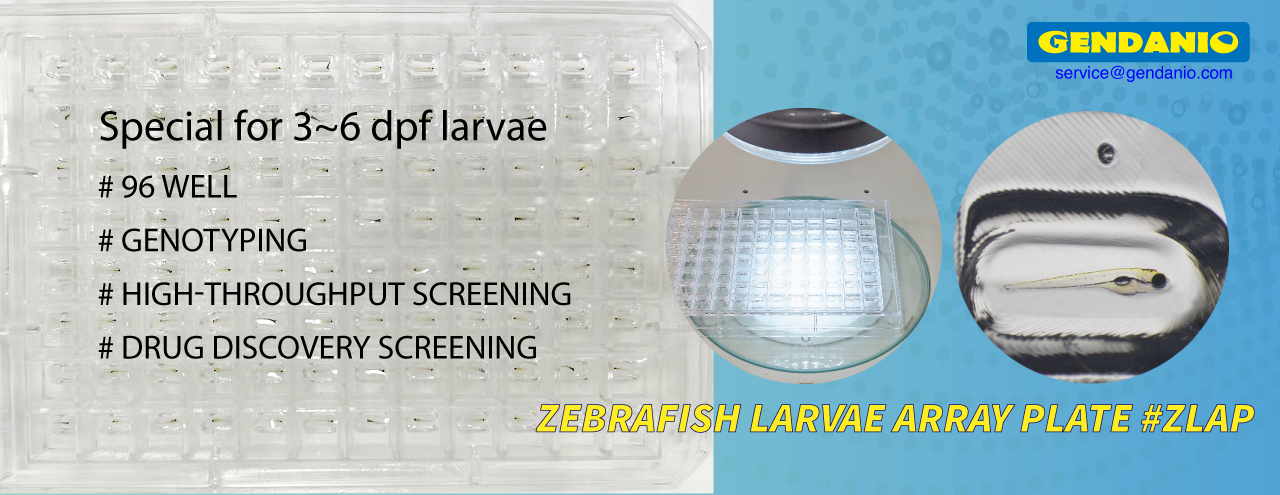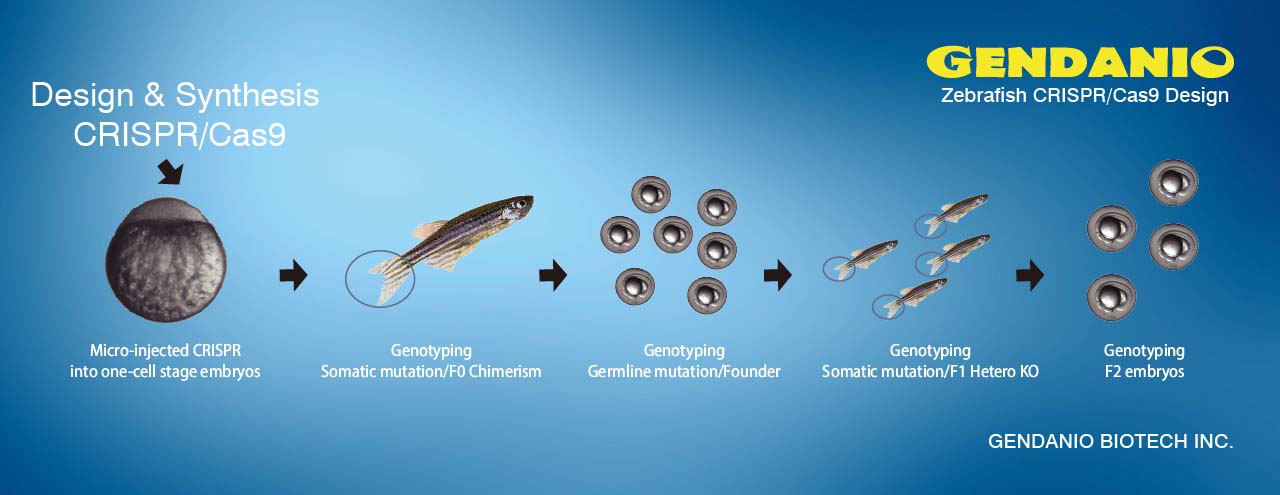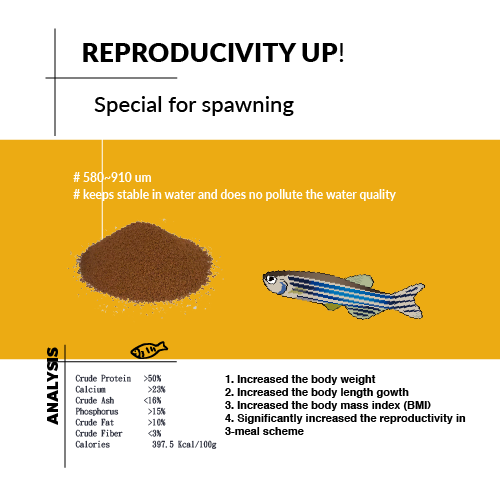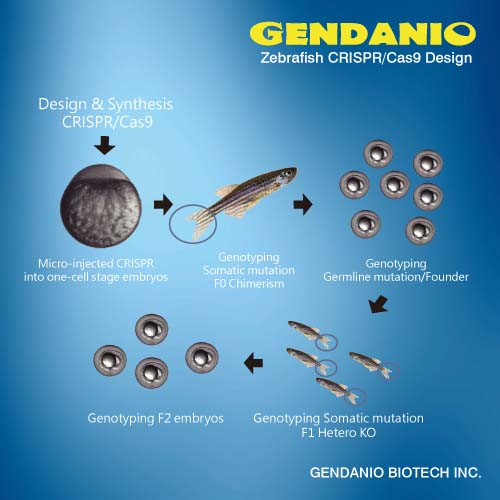12 September 2011
By
Appeared in BioNews 624
It is hoped that a new method for studying cell development could lead to cures for diseases such as cancer, UK scientists have reported.
A group of researchers at the University of Bath combined traditional genetics techniques with mathematical modelling to study gene networks involved in cell regulation. Using this approach in a zebrafish model has allowed a better understanding of the intricate details of the processes that dictate how healthy skin cells are generated from multipotent stem cells.
All cells in the body are derived from multipotent stem cells. The signals that control when, where and which cells are finally produced are complex and currently poorly understood. However, it is known that cells can start to function incorrectly when certain signals and processes go wrong, which can lead to diseases such as cancer. Understanding the complex pathways that occur in producing and maintaining healthy cells is essential if scientists are to understand what happens when things do go wrong.
'This research is an on-going collaboration between mathematical modelling and biology. We are now looking in more detail at the core of the cell model we have come up with, and are hoping to secure additional funding to extend the research and further develop this combined-approach technique', said senior author Dr Robert Kelsh from the Department of Biology and Biochemistry at the University of Bath.
While the findings in this study strictly relate to melanocytes (specialised skin cells) and thus only to skin cancer (melanoma), the authors believe the technique can easily be modified to study other cells and their associated cancers.
The researchers also hope that understanding the programming that occurs in producing differentiated cells from multipotent stem cells will aid in the development of stem cell-based therapies in the future.
Source: BioNews






















